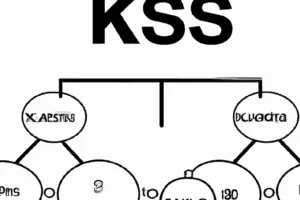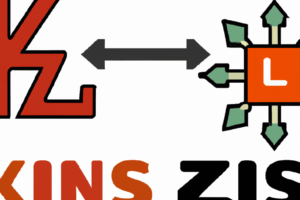
Understanding the Role and Types of Metadata in Blockchain Transactions
Blockchain technology has revolutionized various industries by providing transparency, security, and immutability. While the primary purpose of a blockchain is to authenticate and record digital asset transfers, metadata in blockchain transactions allows users to add additional information or context to their transactions. Metadata, which can be on-chain or off-chain, plays a crucial role in enhancing the functionality and efficiency of blockchain networks. In this article, we explore the different types of metadata, how they are stored, examples of metadata in blockchain transactions, the process of adding metadata to a blockchain transaction, and the diverse use cases of blockchain metadata.
On-chain and Off-chain Metadata: Explained
On-chain metadata is immediately stored on the blockchain and is visible to anyone with access to the network. It includes transaction labels, references to external contracts or documents, and other information directly related to the transaction. Off-chain metadata, on the other hand, is referenced in the transaction but stored externally. It can include links to files, documents, or web URLs that provide additional details about the transaction. Off-chain metadata reduces clutter on the blockchain and allows for more flexibility in storing larger or less important data.
How on-chain and off-chain metadata are stored
On-chain metadata is an integral part of the blockchain's data structure and is permanently stored and replicated across network nodes. It includes transaction details, smart contract code, token properties, and other relevant information. Off-chain metadata, on the other hand, is stored externally using cryptographic references. It can be stored in off-chain scaling solutions like the Lightning Network, decentralized storage systems like IPFS, or external databases. Blockchain uses cryptographic hashes or pointers to refer to off-chain metadata, freeing up space on the blockchain and providing flexibility to applications that require private or dynamic information.
Examples of metadata in blockchain transactions
Metadata in blockchain transactions encompasses a wide range of information, including timestamps, transaction details, smart contract data, digital signatures, gas fees, IPFS links, oracles' information, and nonfungible token (NFT) metadata. Timestamps record the moment a block is added to the chain, while transaction details include sender and recipient addresses, transaction amounts, and unique transaction IDs. Smart contract data can include parameters and input data required for contract execution. Digital signatures ensure transaction legitimacy and ownership. Gas fees provide information on transaction processing costs. IPFS links allow storage of large files related to on-chain assets, such as NFTs. Oracles' information enables smart contracts to access real-world data, and NFT metadata includes details about the digital or physical assets represented by the tokens.
How to add metadata to a blockchain transaction
To add metadata to a blockchain transaction, users can utilize smart contracts. Creating a smart contract involves defining where and how the metadata will be stored. Users can interact with the smart contract by sending a transaction to add metadata. Verification of the metadata can be done by interacting with the smart contract and reading the metadata variable. It is important to consider factors such as gas costs, security, and privacy when adding metadata to a blockchain transaction.
Use cases of blockchain metadata
Blockchain metadata finds applications in various industries. In supply chain management, metadata can improve traceability, transparency, and authenticity. Digital identity and authentication benefit from blockchain metadata by securely managing personal data and credentials. Smart contracts utilize metadata to automate and execute specific conditions. NFTs and digital assets use metadata to provide meaning and value to digital collectibles and artwork. Healthcare records benefit from blockchain metadata by ensuring secure storage and data integrity.
Metadata in blockchain transactions plays a vital role in enhancing functionality, security, and efficiency. On-chain and off-chain metadata provide additional information and context to transactions, enabling diverse functionalities and reducing clutter on the blockchain. By understanding the types of metadata, how they are stored, and their numerous use cases, we can appreciate the transformative power of blockchain technology in various industries. As blockchain continues to evolve, metadata will remain a crucial component in unlocking the full potential of this groundbreaking technology.

Alejandro Rodriguez, a tech writer with a computer science background, excels in making complex tech topics accessible. His articles, focusing on consumer electronics and software, blend technical expertise with relatable storytelling. Known for insightful reviews and commentaries, Alejandro's work appears in various tech publications, engaging both enthusiasts and novices.
Follow us on Facebook







